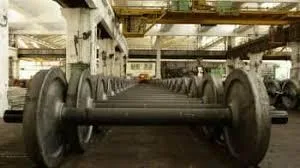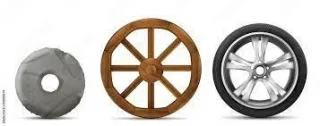Recreation

Wheels serve as the ultimate catalyst for recreational pursuits, bringing a exhilarating dimension to various activities. Skateboarding, with its four-wheeled boards, to become an art form of freestyle movement. Skateboarders showcase their creativity through dynamic spins and flips, skate parks are where both amateur and professional skateboarders show their skills on ramps, rails, and obstacles. with rollerblading, the alignment of wheels in a single row on inline skates helps riders to experience an effortless glide. Skaters achieve speed and execute movements, making rollerblading a popular recreational and fitness activity. The agility provided by wheels changes the urban skating experience, with riders navigating city streets and paths, turning urban landscapes into playgrounds.
Roller coasters stand as iconic examples of wheel-based entertainment, delivering thrilling rides with rapid descents, loops, and twists at amusement parks worldwide. Beyond the adrenaline rush, roller coasters are intricate systems that ensure both safety and excitement as riders are propelled along elaborate tracks. For bike riders, wheels open up adventure. Mountain biking, with its rugged wheels, offers the thrill of navigating off-road trails and conquering challenging terrains. BMX riding, characterized by smaller wheels, takes on an freestyle flair as riders perform tricks and stunts, often in skate parks and dirt tracks.
In scooter riding, both stunt scooters with small wheels and urban commuting scooters with larger wheels. Stunt scooters become the canvas for riders executing flips, spins, and grinds, showcasing skill in skate parks. On the urban streets, scooters with larger wheels provide a convenient and eco-friendly alternative for short-distance travel, merging recreation with practicality.
Frequently Asked Questions
Wheel Technology and Innovation
What materials are commonly used in wheel manufacturing?
Wheels can be made from materials like rubber, metal, plastic, and composite materials, each chosen for its specific properties and application.

Do wheels have any cultural or symbolic significance
Yes, wheels have cultural significance and symbolism in various societies. They can represent progress, motion, and cycles of life in different cultural contexts.

Are there environmentally friendly uses of wheels?
Efficient transportation systems powered by wheels can contribute to environmental sustainability by reducing energy consumption and emissions.

How have advancements in wheel technology impacted vehicle performance?
Technological advancements, including tire design and materials, have significantly improved vehicle performance, offering better traction, durability, and fuel efficiency.

